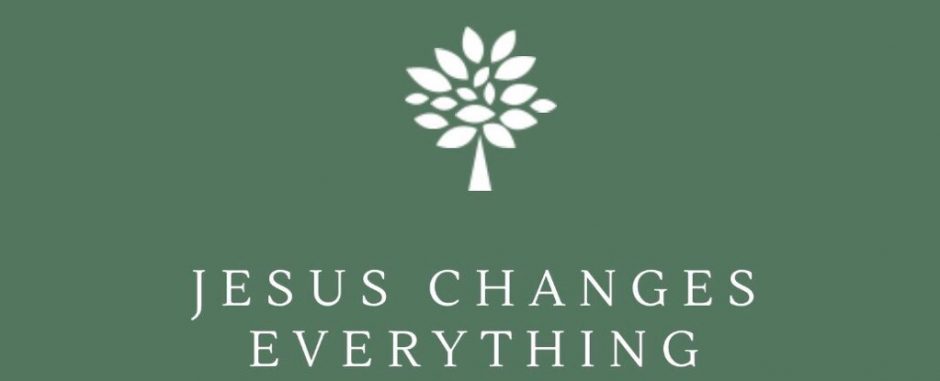
Thesis 15- We must come together to renew covenant.
It was a wise man who first said that the good is sometimes the enemy of the best. Much of what has come to be known as the church growth movement fails to grasp this nugget of wisdom. It is a good thing to desire, as the great hymn, For All the Saints suggests, to “see our churches full.” It is a great thing to have a burden for the lost. It may even be a wise thing to construct a format for gathering the lost so that we might proclaim to them the good news of Jesus Christ. All of which can become a bad thing when it pushes aside the worship of the living God.
When God’s people gather together for the Lord’s Day, they ought not gather together for reaching the lost. They ought not to gather together to enjoy the blessings of fellowship. They ought not to gather together to receive sound teaching. All of these things are good in themselves. But when God’s people gather on the Lord’s Day, they ought to gather together to renew covenant.
There are essentially two schools of thought on how we ought to worship. The less conservative view holds that we may, when we gather together, do whatever we wish, so long as God does not forbid it. God does not forbid skits, interpretive dance, video clips and stand-up routines. Therefore, they must be okay. The more conservative view holds that we may only do those things that God commands in His Word. The trouble here, God nowhere gives us a new covenant order of worship. Folks who take this view find themselves constructing an order of worship out of bits and pieces culled from this text and that.
There is a better way. When the people of God move from the old covenant to the new, there is both continuity and discontinuity. God hasn’t changed. His way of dealing with us hasn’t changed. What has changed is that Jesus has come and made His once sufficient sacrifice for our sins. The Old Testament sacrificial system pointed forward to Christ and His work. Our worship should in turn point back to that work. They had symbols and we have symbols. The difference is that our symbols are now bloodless, for His blood needed to be shed only once.
If this is right, our worship should not be modeled after our own imaginations. Neither should we model it after what we guess synagogue worship might have been like. (While Scripture certainly recognizes that worship happened in synagogues, it nowhere suggests either that it should be done, nor how it should be done.) Instead, our worship should be modeled on that which God did command- temple worship.
Temple worship had very simple elements. The people of God approached, recognizing that God had called them. They understood, however, that they were not able to stand in God’s presence because of their sin. So they brought a sacrifice. God accepted the sacrifice, and those who brought it, and welcomed His people not merely into His presence, but to His table, feeding them with His sacrifice. The same is true when we renew covenant. We gather because He calls us. We confess before Him our sins. He pronounces, on the basis of the sacrifice of Christ for us, His forgiveness of us. And He invites us to dine at His table, as we partake of the bread and the wine.
Worship is not a pep-rally for the lost. Neither it is an academic lecture where information is downloaded from pastor to laity. It is a meeting with God, where we remember His grace in Christ. We enter into His rest, as we enter into His presence.
